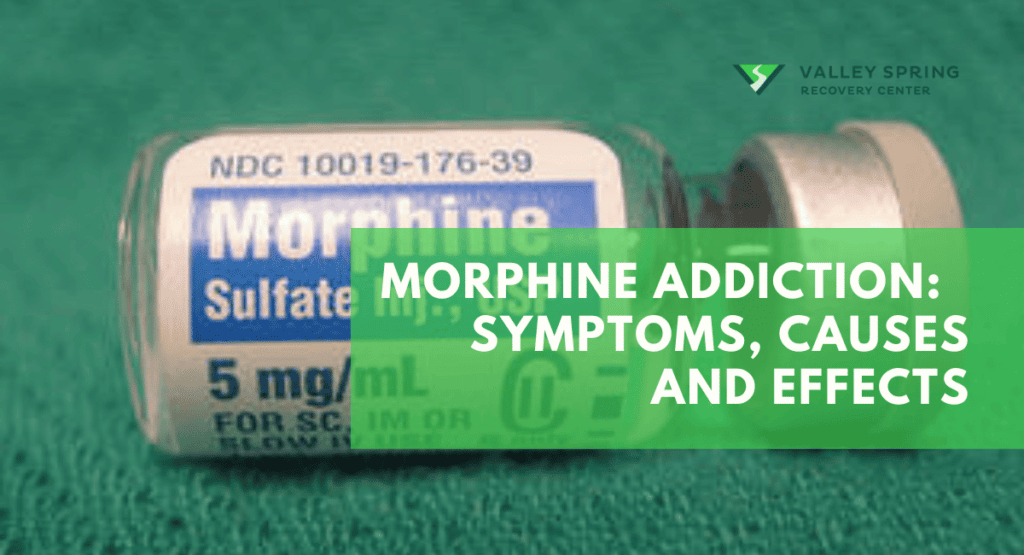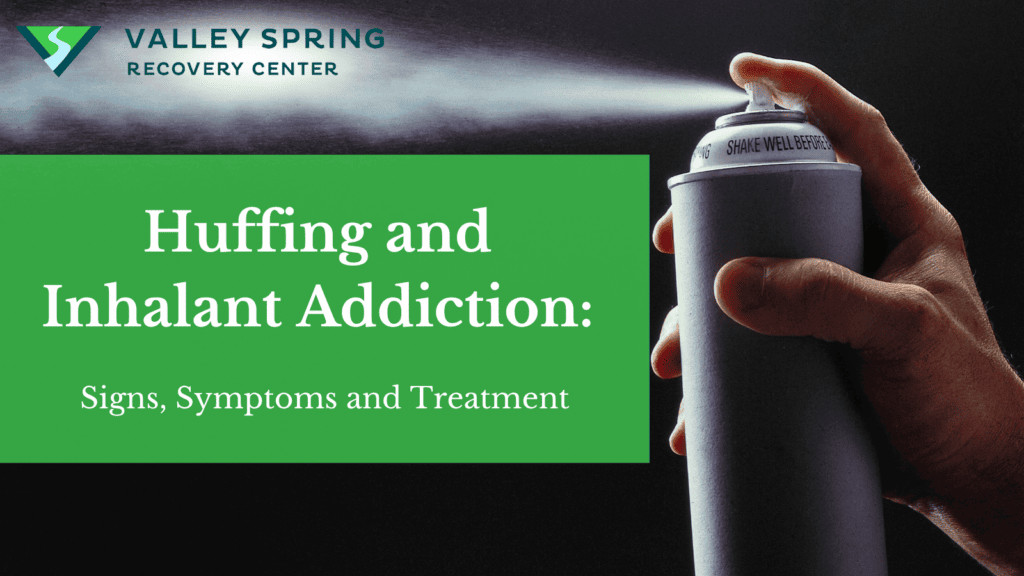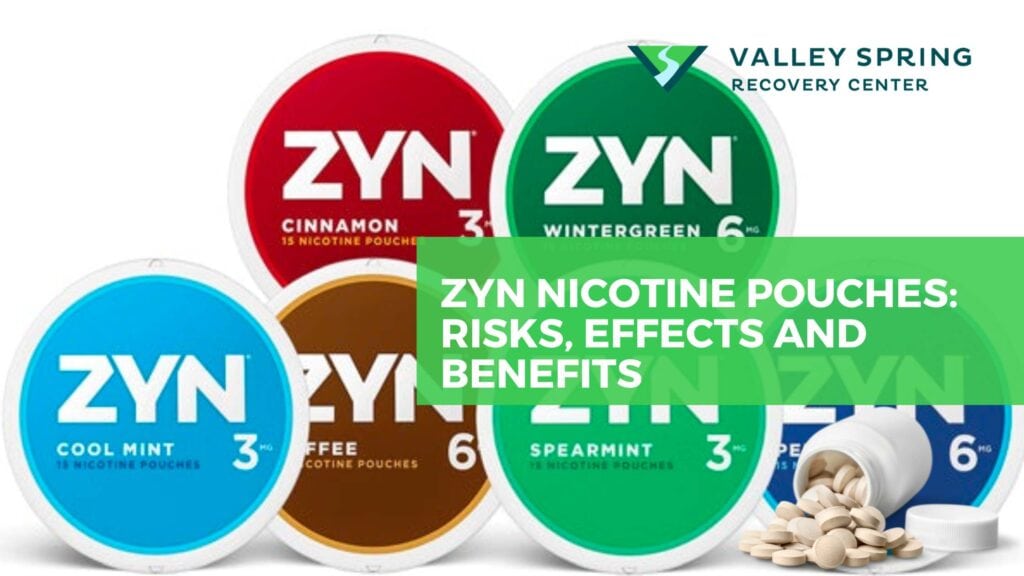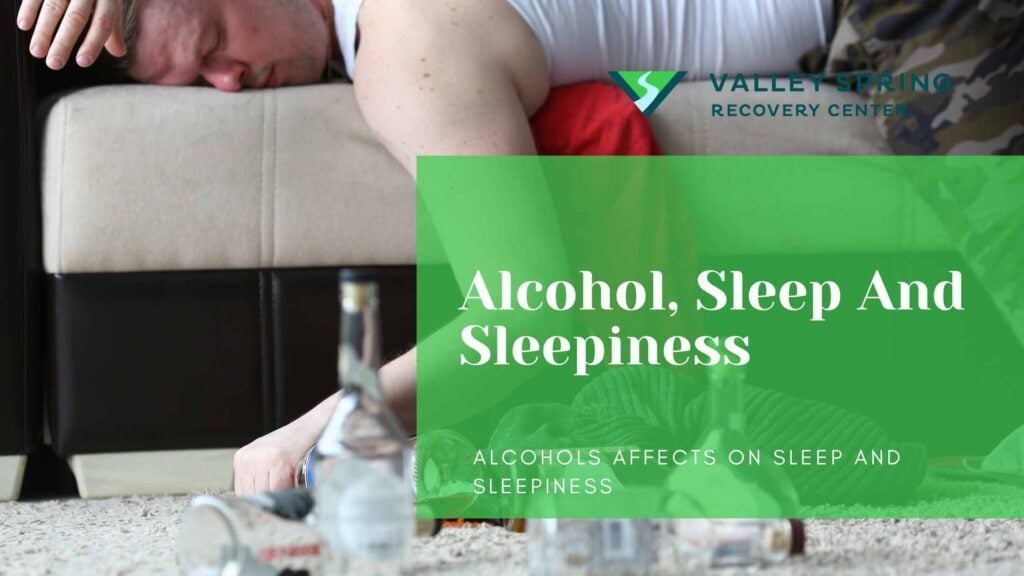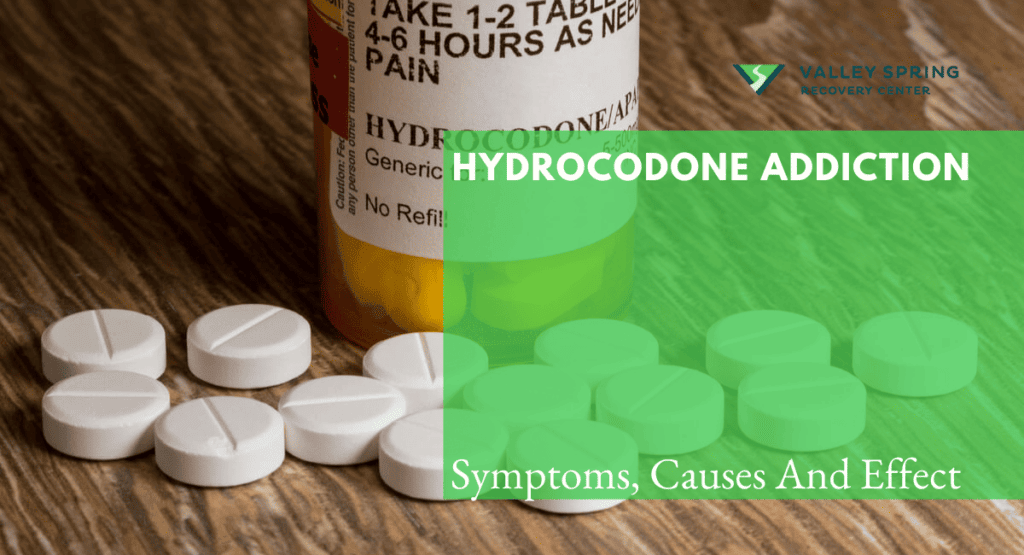Morphine is derived from the opium poppy plant and is commonly used to relieve severe pain. When used as prescribed for short-term pain management, morphine can be highly effective. However, prolonged or recreational use of morphine can lead to tolerance, dependence, and addiction. Tolerance occurs when the body becomes accustomed to the presence of morphine, requiring higher doses to achieve the same pain relief or euphoric effect. According to the DEA fact sheet on Morphine, In the United States, a small percentage of the morphine obtained from opium is used directly for pharmaceutical products. The remaining morphine is processed into codeine and other derivatives.
The symptoms of morphine addiction encompass physical manifestations such as tolerance, withdrawal symptoms, and increased pain sensitivity, as well as psychological signs like cravings, mood swings, and impaired cognitive function, all of which can significantly impact an individual’s well-being and daily functioning.
The causes of morphine addiction are multifaceted and can include a combination of factors such as genetic predisposition, prolonged or excessive use of morphine for pain management, self-medication for underlying mental health conditions, environmental influences, and a history of substance abuse or addiction.
The effects of morphine addiction can impact various aspects of an individual’s life, including physical health with risks of respiratory problems and weakened immune system, psychological well-being with increased risk of mental health disorders, strained relationships, occupational and financial instability, and elevated risk of overdose and potential fatality.
What is Morphine Addiction?
Morphine addiction is a chronic and destructive condition characterized by physical dependence, intense cravings, and a range of adverse effects on an individual’s health, relationships, and overall functioning, necessitating comprehensive treatment and support for recovery.
Morphine addicts develop a physical and psychological dependence on morphine and will continue to use the drug despite its negative consequences on their life and their families and loved ones’ lives.
How Does Morphine Tolerance And Dependence Develop?
Prolonged or recreational use of morphine can lead to tolerance, dependence, and addiction. Tolerance occurs when the body becomes accustomed to the presence of morphine, requiring higher doses to achieve the same pain relief or euphoric effect. Dependence develops when the body adapts to the presence of morphine and experiences withdrawal symptoms when the drug is discontinued or reduced. Individuals with morphine addiction often experience intense drug cravings, compulsive drug-seeking behavior, and a loss of control over their drug use. They may prioritize obtaining and using morphine over other aspects of their life, leading to disruptions in relationships, work, and daily functioning.
What Is The Reason People Take Morphine?
Morphine is consumed primarily for its potent pain-relieving effects. It is commonly prescribed to manage severe pain, such as post-surgical or cancer-related pain. By binding to opioid receptors in the brain and spinal cord, morphine reduces the perception of pain.
However, some individuals misuse morphine for its euphoric properties, seeking intense pleasure, relaxation, and sedation. It’s important to note that the recreational use of morphine is highly dangerous and illegal. Misuse can lead to addiction, overdose, and other serious health complications. Morphine should only be used under the supervision and prescription of a healthcare professional for legitimate medical purposes.
What Are The Various Methods Of Consuming Morphine?
Morphine can be consumed in various ways, depending on the formulation prescribed or the method of misuse. The common methods of consuming morphine are listed below:
- Oral ingestion: The most common and prescribed method is taking morphine orally in the form of tablets, capsules, or liquid solutions. This allows the drug to be absorbed through the gastrointestinal tract.
- Injection: In medical settings, morphine can be administered through intravenous (IV) injection, intramuscular (IM) injection, or subcutaneous injection. This method delivers the drug directly into the bloodstream, providing rapid pain relief.
- Transdermal patches: Some individuals may use transdermal patches that contain morphine. These patches release the drug slowly through the skin and are typically used for chronic pain management over an extended period.
- Intranasal or intrarectal administration: In cases of misuse, morphine may be crushed into a powder and snorted (intranasal administration) or dissolved and administered rectally (intrarectal administration) to achieve a faster onset of effects.
Note that misuse or unauthorized methods of administration can be dangerous and increase the risk of adverse effects or addiction.
What are the Signs and Symptoms of Morphine Addiction?
Morphine addiction is characterized by a range of signs and symptoms. Here is a comprehensive list of these indications:
- Increased tolerance
- Withdrawal symptoms
- Persistent desire to use morphine
- Failed attempts to cut down or quit
- Spending excessive time obtaining, using, or recovering from morphine
- Neglecting responsibilities and activities
- Continued use despite negative consequences
- Strong cravings for morphine
- Social withdrawal and isolation
- Changes in behavior and mood
- Financial difficulties due to drug use
- Physical symptoms like drowsiness, constipation, and constricted pupils
- Doctor shopping or seeking multiple prescriptions
- Engaging in risky behaviors to obtain morphine
It’s crucial to be aware of the signs and symptoms of morphine addiction to recognize when you or someone you love may be struggling with this condition. Understanding these indications can help promote early intervention and support for individuals who may need assistance.
What are the Causes of Morphine Addiction?
The causes of morphine addiction are multifactorial, involving a combination of biological, genetic, environmental, and psychological factors. Here are some common factors that can contribute to the development of morphine addiction:
1. Biology
Biological factors, including genetic variations and physiological responses, can influence the development of morphine addiction. Genetic factors may affect how the body processes and responds to morphine, while physiological differences can impact an individual’s susceptibility to developing dependence and addiction to the drug.
2. Environmental factors
The environment in which a person lives and their social surroundings can play a significant role in addiction. Factors such as exposure to morphine or other opioids, peer influence, availability of the drug, and stress levels can contribute to the development of addiction.
3. Psychological factors
Psychological factors, such as underlying mental health conditions or past trauma, can contribute to morphine addiction. Morphine may be used as a coping mechanism to alleviate emotional distress or self-medicate, leading to a heightened risk of developing an addictive pattern of use.
4. Previous substance use
Previous substance use can increase the risk of morphine addiction by priming the brain’s reward system and reinforcing addictive behaviors. Individuals with a history of substance abuse may be more susceptible to the pleasurable effects of morphine, leading to a higher likelihood of developing addiction.
5. Chronic pain
People who experience chronic pain conditions requiring long-term pain management with opioids like morphine may be at an increased risk of developing addiction. The need for pain relief can lead to over-reliance on the medication, which can result in dependency and addiction.
Note that these factors do not guarantee the development of morphine addiction, but can contribute to an increased risk. Understanding these causes can help in developing preventive measures and targeted interventions to address the underlying factors and promote healthier outcomes.
What are the Effects of Morphine Addiction?
Morphine addiction can have a range of effects on an individual’s physical, mental, and social well-being. Here are some of the effects associated with morphine addiction:
1. Physical health complications
Prolonged morphine addiction can lead to various physical health issues. These may include respiratory problems, decreased heart rate, lowered blood pressure, gastrointestinal disturbances, weakened immune system, hormonal imbalances, and sexual dysfunction.
2. Psychological and cognitive impact
Morphine addiction can have significant effects on mental health and cognitive functioning. It may contribute to the development or worsening of mental health disorders such as depression, anxiety, and substance-induced psychosis. Cognitive impairments such as memory problems, difficulty concentrating, and decreased decision-making abilities can also arise.
3. Social and occupational consequences
Morphine addiction can strain relationships with family, friends, and colleagues. Trust issues, conflicts, and communication breakdowns are common. Occupational functioning may be compromised, leading to absenteeism, poor job performance, and financial instability. Social isolation and withdrawal from activities once enjoyed are also observed.
4. Financial and legal consequences
The cost of obtaining morphine can lead to financial strain and legal problems. Some individuals may resort to illegal activities to support their addiction, increasing the risk of legal issues and criminal involvement.
5. Risk of overdose and death
Morphine is a potent opioid, and the risk of overdose is heightened in individuals with addiction. Overdose can result in severe respiratory depression, unconsciousness, and, in some cases, death. The risk is further increased when morphine is combined with other substances, such as alcohol or benzodiazepines.
6. Withdrawal symptoms
When a person with morphine addiction attempts to stop or reduce their use, they may experience withdrawal symptoms. These can include intense cravings, restlessness, anxiety, muscle aches, sweating, nausea, vomiting, diarrhea, and insomnia. Withdrawal can be highly uncomfortable and may contribute to ongoing drug use to avoid these symptoms.
Remember that the effects of morphine addiction can vary among individuals, and the severity of these effects depends on factors such as the duration and intensity of drug use, overall health, and individual susceptibility. Seeking professional help and support is crucial for managing and mitigating these effects, as well as initiating the journey towards recovery.
What is the Difference Between Morphine and Heroin?
Morphine and heroin are both opioids derived from the opium poppy plant, but they differ in various aspects:
- Chemical structure: Morphine is a naturally occurring opioid alkaloid, while heroin is a semi-synthetic opioid derived from morphine. Heroin is created by modifying the chemical structure of morphine through a chemical process called acetylation.
- Pharmacological effects: Both morphine and heroin bind to opioid receptors in the brain and spinal cord, producing similar pain-relieving and sedative effects. However, heroin is more potent than morphine and crosses the blood-brain barrier more rapidly, leading to a faster onset of intense euphoria.
- Medical use: Morphine is a widely used medication for managing severe pain in medical settings. It is available in various formulations, including tablets, injections, and sustained-release formulations. Heroin, on the other hand, has no approved medical use and is classified as an illegal substance in most countries due to its high potential for abuse and addiction.
- Route of administration: Morphine is administered orally, intravenously, or through transdermal patches. Heroin is commonly used illicitly and is typically injected, smoked, or snorted for its rapid and intense effects.
- Legal status: Morphine is a controlled substance that can be prescribed by healthcare professionals for legitimate medical purposes. Heroin, on the other hand, is classified as a highly illegal drug due to its high abuse potential and absence of accepted medical use.
Both morphine and heroin carry significant risks, including the potential for addiction, overdose, and other adverse effects.
What are the Treatment Options for Morphine Addiction?
Treatment options for morphine addiction typically involve a comprehensive approach that addresses both the physical and psychological aspects of addiction. Here are some common treatment options:
1. Detoxification
The first step in treating morphine addiction is often detoxification, where the individual is gradually weaned off the drug under medical supervision. This helps manage withdrawal symptoms and safely remove the drug from the body.
2. Medication-assisted treatment (MAT)
Medications such as methadone, buprenorphine, and naltrexone can be used as part of a comprehensive treatment plan. These medications help reduce cravings, manage withdrawal symptoms, and block the effects of opioids, supporting long-term recovery.
3. Behavioral therapies
Various behavioral therapies are effective in treating morphine addiction. Cognitive-behavioral therapy (CBT) helps individuals recognize and change destructive patterns of thinking and behavior. Contingency management provides incentives for maintaining abstinence, and motivational interviewing enhances motivation to quit drug use.
4. Support groups
Participation in support groups, such as Narcotics Anonymous (NA), can provide valuable peer support and a sense of community during recovery. Sharing experiences and learning from others who have faced similar challenges can be empowering.
5. Residential or outpatient rehabilitation programs
Rehabilitation programs offer structured treatment in either residential or outpatient settings. Residential programs provide 24/7 care in a therapeutic environment, while outpatient programs allow individuals to receive treatment while living at home and attending therapy sessions at scheduled times.
6. Dual diagnosis treatment
For individuals with co-occurring mental health disorders, integrated treatment that addresses both addiction and the underlying mental health condition is crucial. This ensures comprehensive care and improves long-term outcomes.
7. Aftercare and relapse prevention
After completing a treatment program, ongoing aftercare support is essential to maintain sobriety. This may include ongoing therapy, participation in support groups, regular check-ins with healthcare providers, and developing healthy coping mechanisms to prevent relapse.
Note that treatment plans should be tailored to the individual’s specific needs, and a combination of different approaches may be recommended. Consulting with healthcare professionals or addiction specialists can help determine the most appropriate treatment options for morphine addiction.
What are the Withdrawal Symptoms of Morphine Addiction?
Withdrawal symptoms of morphine addiction can vary in intensity and duration, depending on factors such as the individual’s level of dependence and the duration of drug use. Here are some common withdrawal symptoms associated with morphine addiction:
- Flu-like symptoms
- Gastrointestinal distress
- Mood changes
- Autonomic nervous system effects
- Increased pain sensitivity
- Sleep disturbances
- Psychological symptoms
Withdrawal symptoms typically begin within 6 to 12 hours after the last dose of morphine and peak within a few days. The intensity and duration of withdrawal can vary, with symptoms typically subsiding over 5 to 10 days. However, some symptoms, particularly cravings and mood changes, may persist for longer periods.
Experiencing withdrawal symptoms should not discourage you from seeking treatment. Medically supervised detoxification and supportive care can help manage these symptoms and increase the chances of a successful recovery.
How Can Morphine addiction be thought of?
Morphine addiction is a complex and serious condition with significant symptoms, causes, and effects. It can lead to a range of physical, mental, and social consequences. The symptoms of morphine addiction include physical dependence, cravings, and withdrawal symptoms.
Various factors, such as previous substance use, psychological factors, and biological factors, contribute to the development of morphine addiction. The effects of morphine addiction can impact one’s health, relationships, finances, and overall well-being.
However, with appropriate treatment options, including detoxification, medication-assisted treatment, behavioral therapies, and ongoing support, individuals can embark on a path to recovery and reclaim their lives from the grip of morphine addiction. It is crucial to seek professional help and support to address morphine addiction effectively and improve the chances of long-term sobriety and well-being.
What Prescription painkillers are derived from Morphine?
Prescription painkillers derived from morphine belong to a class of drugs known as opioids. These medications are synthesized to mimic the pain-relieving properties of morphine, which is naturally derived from the opium poppy plant. Some of the common prescription painkillers derived from morphine include:
- Codeine: Often used for mild to moderate pain relief and sometimes as a cough suppressant.
- Hydrocodone: Frequently combined with acetaminophen, used for moderate to severe pain relief. Common brand names include Vicodin and Lortab.
- Oxycodone: Similar to hydrocodone in its pain-relieving capacity, it’s used for moderate to severe pain. Known brands include OxyContin and Percocet (when combined with acetaminophen).
- Hydromorphone (Dilaudid): A more potent derivative of morphine, used for severe pain.
- Oxymorphone: An opioid analgesic with a higher potency than morphine, used for treating severe pain.
These drugs work by binding to opioid receptors in the brain and spinal cord, reducing the perception of pain. While effective for pain management, they also carry a risk of dependence and other side effects, necessitating careful medical supervision during use.
What drugs cause similar effects to Morphine?
Drugs that cause similar effects to morphine are primarily opioids, a class of drugs known for their potent pain-relieving properties. These drugs act on the opioid receptors in the brain and nervous system, producing effects similar to morphine. Common opioids and opioid-like drugs that produce a similar effect according to the DEA are listed below:
- Codeine: A less potent opioid used for mild to moderate pain relief and cough suppression.
- Oxycodone: A powerful opioid used to treat moderate to severe pain, found in medications like OxyContin and Percocet.
- Hydrocodone: Used for moderate to severe pain, often combined with acetaminophen; known brands include Vicodin and Norco.
- Fentanyl: A synthetic opioid, much more potent than morphine, used for treating severe pain, often in hospitalized patients or for chronic pain management.
- Heroin: An illegal opioid synthesized from morphine, known for its high potential for addiction and abuse. Heroin has some of the highest overdose rates according to statistics.
- Methadone: A long-acting opioid used for chronic pain management and in the treatment of opioid dependence.
- Tramadol: A less potent opioid used for moderate pain. It has a dual mechanism of action, acting as an opioid and also affecting serotonin and norepinephrine levels.
- Buprenorphine: Often used in the treatment of opioid addiction; it’s a partial opioid agonist, meaning it produces similar but less intense effects compared to full agonists like morphine.
- Hydromorphone (Dilaudid): A derivative of morphine, used to treat severe pain and known for its high potency.
- Oxymorphone: Another potent opioid used for managing severe pain.
These drugs mimic the effects of morphine, primarily in pain relief and euphoria, but they also carry risks such as respiratory depression, dependence, and addiction. Their use is typically closely regulated and monitored by healthcare professionals.
Dr. Michael Olla
All author postsShare This Post

